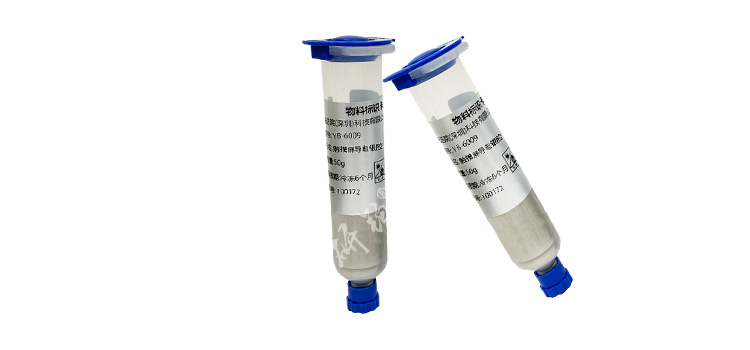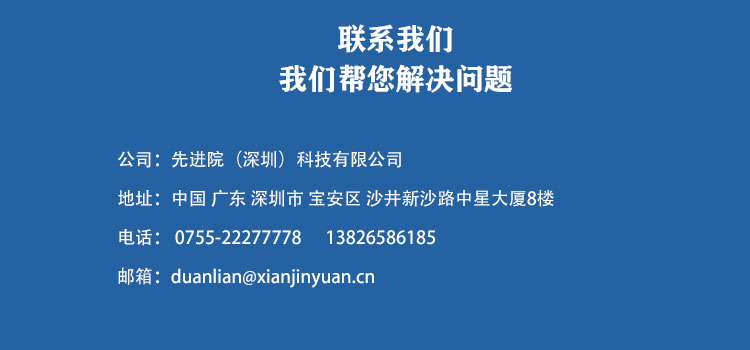

Hotline:0755-22277778
Tel:0755-22277778
Mobile:13826586185(Mr.Duan)
Fax:0755-22277776
E-mail:duanlian@xianjinyuan.cn
IC packaging conductive adhesiveMaterials and methods:
Due to the increasingly pressing challenge of new European standards in the industry, surface treatment technology for pins is becoming increasingly important for the next level of assembly. This issue has become the topic of countless papers in the past few years. The focus is on finding a substitute for the well-known lead tin solder that has been in use for a long time. Due to fierce market competition faced by future suppliers, there will not be a single solution. In the coming years, people are likely to be more confused about what materials to use as lead surface treatment materials.
Chip adhesive materialThe function is to fix the chip on the substrate. It may seem like a simple thing, but the requirements for it vary depending on the application field. In most cases, chip bonding is used for wire bonding packaging with the chip facing up. This material needs to be able to conduct heat, and sometimes even conduct electricity. To avoid heat accumulation on the chip, the chip bonding process should ensure that there are no voids in the bonding material. As chip power consumption continues to increase, this will become increasingly important.

Chip bonding materials are liquid materials or thin film materials. They are designed to not degas, as any re deposition of degas products on the solder pads will reduce the quality of wire bonding. The chip bonding material also serves as a stress buffering layer to prevent the chip from breaking due to CTE mismatch with the substrate. If the selected chip bonding material is appropriate, it can ensure the reliability of I/O redistribution under the chip in chip size packaging (CSP). The improved chip bonding material is also used in flip chip interconnects. In this application, ICs typically have bumps, and conductive particles are distributed in the adhesive layer. This type of chip bonding material is also known asAnisotropic conductive adhesive.
Returning to wire bonding packaging. In wire bonding technology, there are three main welding techniques: hot press bonding, hot ultrasonic ball bonding, and room temperature ultrasonic wedge bonding. But only the latter two welding techniques are still widely used today. Gold wire is commonly used in hot ultrasonic welding. Copper wire is another usable material, but it needs to be welded in a nitrogen rich environment. Aluminum wire is commonly used in low-cost wedge welding.
Laminated substrate materials can replace lead frames for IC packaging. It often appears in packages with a large number of I/Os or high performance requirements. Since the late 1970s, substrates have been used in chip on board applications. In fact, when you carefully observe the chip on the board, you will clearly find that it contains all the basic elements of packaging, which can be said to be fundamentally "on-site packaging". The laminated substrate packaging structure is still in use and is a very important IC packaging method. It can serve as a low-cost alternative to thick film ceramic substrates and thin film ceramic substrates. The new high-temperature organic laminated substrates are favored by people not only because of their low cost, but also because of their superior electrical properties (such as lower dielectric constant).

Plastic packaging material is the last component of IC packaging materials. The lead frame mainly redistributes chip I/O with fine pin pitch, while the plastic encapsulation material has another function. Its main function is to protect chips and fragile interconnects from physical damage and adverse effects of the external environment. The use of plastic sealing materials must be cautious and precise to avoid lead offset (wire punching), which can cause short circuits between leads.
There are three main types of plastic packaging materials in IC packaging. The first type is epoxy resin and epoxy resin mixture. As a commonly used resin material in the field of structural engineering, epoxy resin is also the most common organic resin sealing material today. Epoxy resin has good comprehensive and thermal properties, and the cost is relatively low.


Advanced Institute (Shenzhen) Technology Co., Ltd, © two thousand and twenty-onewww.leird.cn. All rights reservedGuangdong ICP No. 2021051947-1 © two thousand and twenty-onewww.xianjinyuan.cn. All rights reservedGuangdong ICP No. 2021051947-2